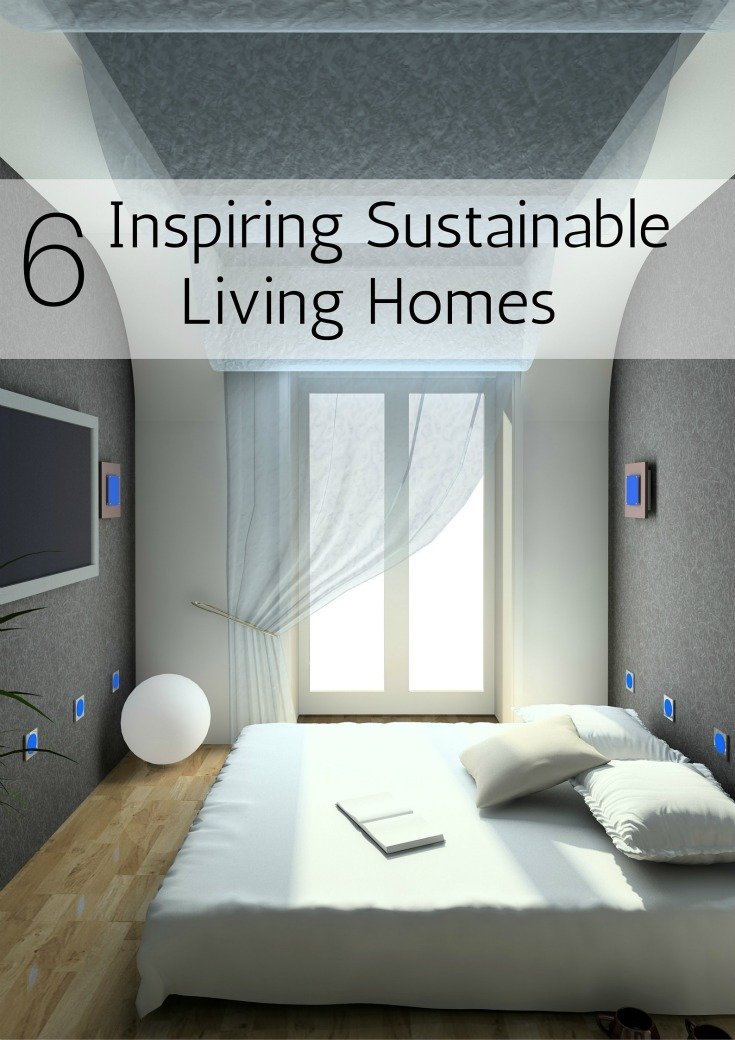Do you believe your lifestyle is sustainable?
Sustainable living is a lifestyle that attempts to reduce an individual’s or society’s use of the earth’s natural resources. Sustainable living refers to reducing one’s carbon footprint by diminishing energy consumption and altering modes of transportation. Proponents of sustainable living aim to conduct their lives in ways that encompass less waste, and promotes living in natural balance with the ecosystems of our earth.
Whether it’s riding a bike to work, reducing your use of plastic, or going off grid, there are a variety of ways to cut back on your carbon footprint and preserve Mother Earth. And one of the most popular trends in sustainable living popping up all around the world is living in sustainable living homes.
What Are Sustainable Living Homes
Sustainable living homes were created as part of an architectural movement that advocates living in smaller, simpler homes. Frequently referred to as tiny homes, they are less costly in terms of building, taxes, heating, maintenance and repair. Tiny homes encourage reduced ecological impact for their residents. The typical size of a small home is usually around 500-square feet. Tiny homes usually emphasize design over size, they utilize multi-functional furniture and they incorporate space-saving appliances. Vertical space optimization like a loft bed is also a common feature of tiny homes.
Tumbleweed Tiny Houses are known for their craftsmanship and quality materials in building tiny homes. Jay Shafer, the owner of Tumbleweed Tiny House Company, has led the way in the tiny house movement and educating people on the benefits of sustainable living.
You might think that a tiny home just isn’t for you, but wait until you discover all of the inspiring sustainable living homes out there! Here are just a few of our favorites to get your creative juices flowing:
6 Inspiring Sustainable Living Homes
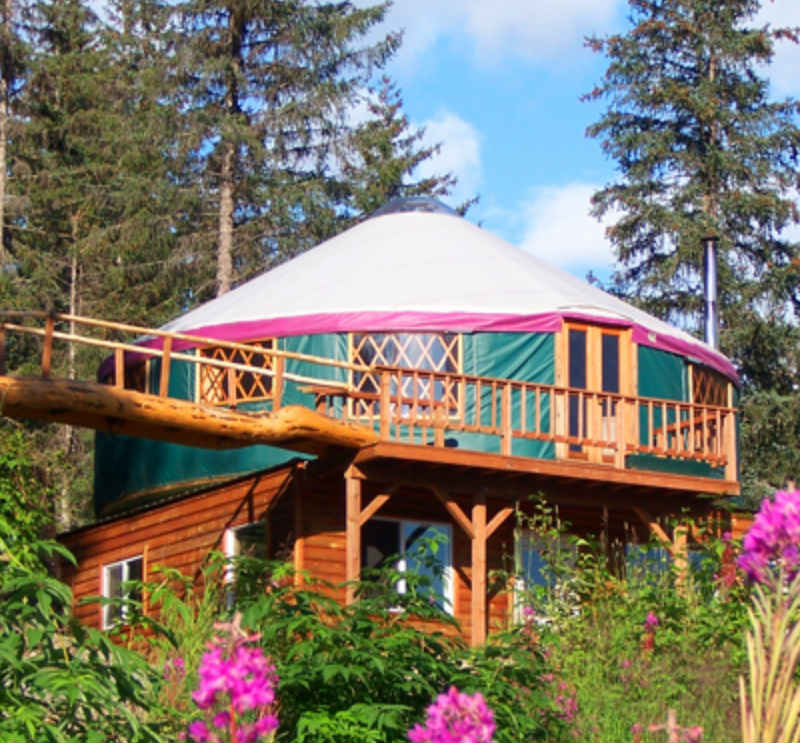
1. The Yurt
The yurt is a round, semi-permanent tent. It’s a modern adaptation of a structure traditionally used by nomads in Central Asia. Yurts in the western hemisphere have developed into lightweight, low-cost, versions of the eastern ancient form. Modern users have made them structurally sound, long-lasting and low in maintenance. Yurts in the United States and Canada are usually made with hi-tech materials and are built for extreme weather conditions. Erecting a yurt can take days and they are not intended to be moved often.
2. EarthShips
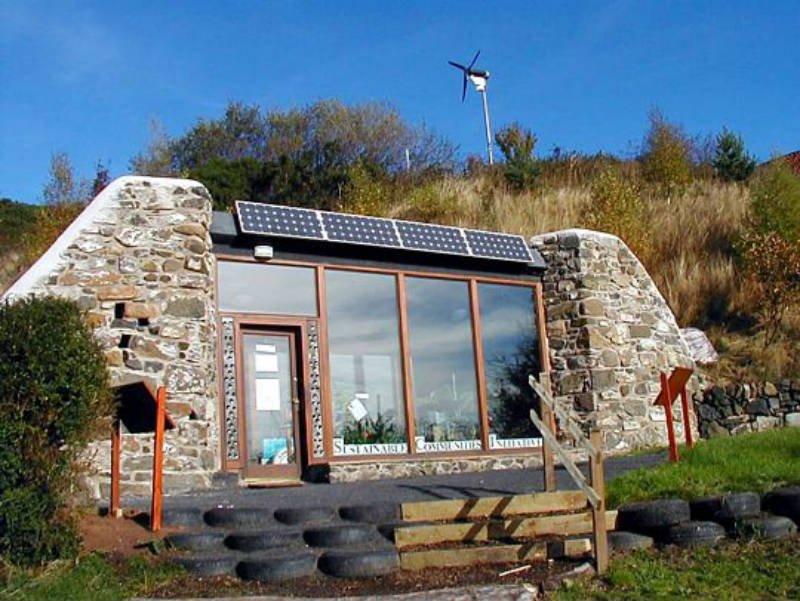
An Earthship is a type of passive solar house made of natural and recycled materials designed and marketed by Earthship Biotecture of Taos, New Mexico. The Earthship concept was first created by architect Michael Reynolds. Earthships are primarily designed to work as autonomous buildings using thermal mass construction and natural cross ventilation to regulate indoor temperature. Earthships minimize their reliance on fossil fuels and are built to utilize the available local resources, especially energy from the sun. For example, windows on sun-facing walls admit lighting and heating, and the buildings are often horseshoe-shaped to maximize natural light and solar-gain during winter months.
Earthships are a truly sustainable home as every component used in their construction is re-used. You will often see recycled tires filled with dirt as steps or other outdoor fixture.
3. Shipping Containers
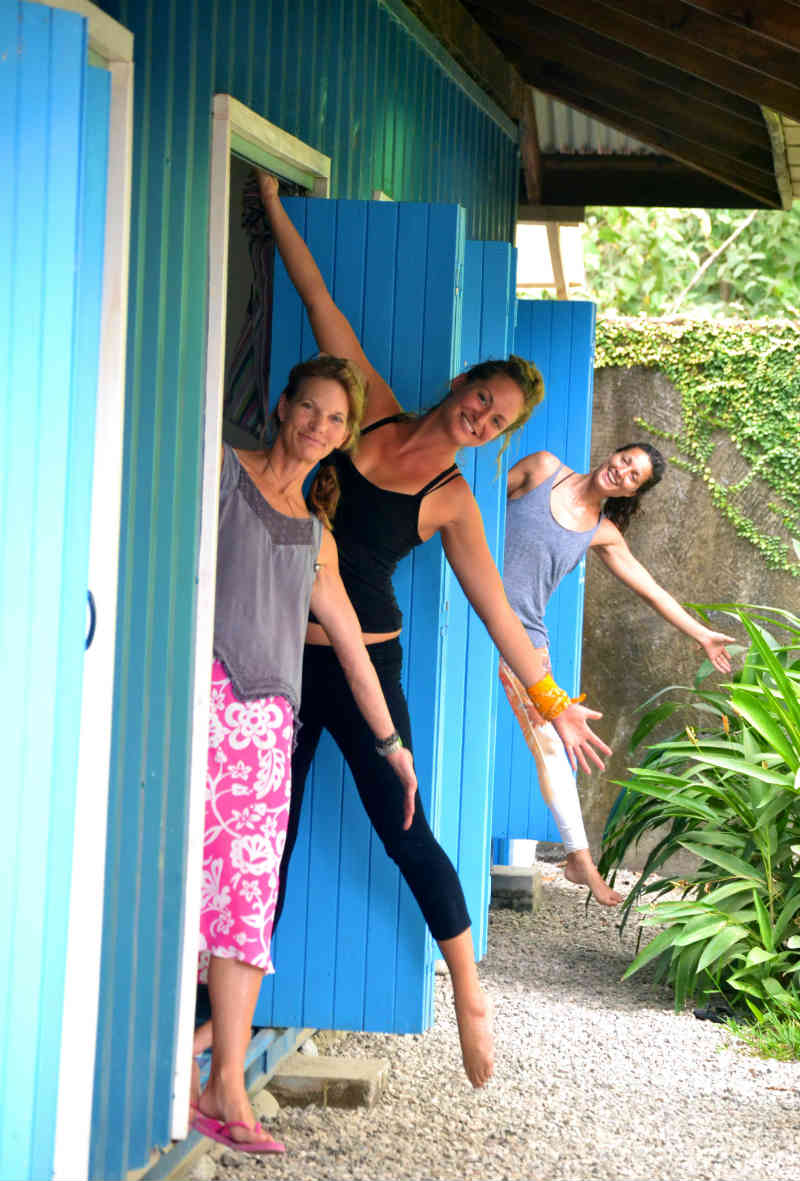
Turning a shipping container into a living space is another excellent method of reusing — there are more than 300 million shipping containers sitting empty at ports around the world.
Here at Blue Osa Eco-Resort and Spa in Costa Rica, we have 4 shipping containers that were turned into living quarters. The shipping containers were sent to the property carrying the materials to build the eco-resort, and the containers were then incorporated into the resort’s structure to make them as useful as possible. The structures have been painted blue and green, and have been designated for different purposes. They were turned into volunteer rooms, a tool shed, the laundry room and the spa. Thanks to the craftsmanship of the staff of Blue Osa one of the containers was skillfully turned into four bedrooms to host volunteers who come to the eco-resort. The bedrooms are equipped with a sliding door, a small window-screen and there’s even a shower installation adjacent to the container!
Recycling shipping containers is an excellent solution for turning these otherwise massive and cumbersome tanks into low footprint structures that can then be installed within any conceivable environment. Come visit Blue Osa Resort and Spa to check them out for yourself!
4. Modular Homes
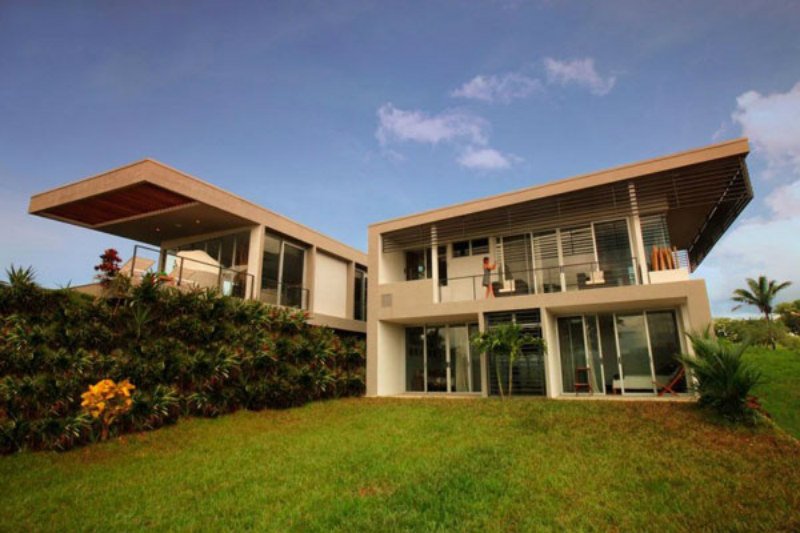
Modular homes are prefabricated buildings that consist of multiple sections called modules. Modular construction happens off-site. In other words, the modules , which are six sided boxes, are constructed in a remote facility, then delivered to their intended site of use. Using a crane, the modules are set onto the building’s foundation and joined together to make a single building. Modular homes are more sustainable than your average construction home because they are low waste. In fact, the manufacturer knows exactly the quantity of materials needed for a given job. While waste from a traditional building site would typically fill several large dumpsters, construction of a modular home generates much less waste.
Most modular buildings contain 100% reusable components and they are relocatable, which means the modular home can be taken down and moved to a different spot. WeLoveCostaRica.com features pre-fabricated modular homes that can be built in Costa Rica. According to the website, a single-story two-bedroom house takes about sixty days to complete as opposed to five to seven months that would take to build a home in the traditional way.
5. Tree House
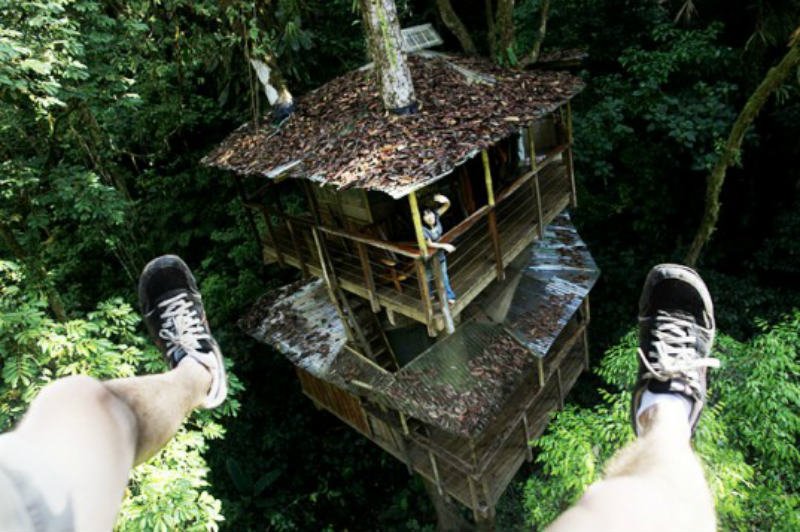
Tree houses are platforms or buildings constructed around or among the trunk and branches of trees. Tree houses can be used as a work space, as living space or for recreation purposes. Tree houses are sustainable because they do not require clearing of forest areas. This way the house can be above the canopy wildlife and gain from cooler temperatures and better illumination.
Finca Bellavista is a residential treehouse community in the south pacific coastal region of Costa Rica. They are a rustic, yet comfortable, private retreat off the beaten path where owners and limited numbers of guests can explore the natural wonders of the rainforest canopy. Finca Bella Vista is located in a relatively untouched portion of Costa Rica and as a whole, is comprised of 600+ acres of secondary rainforest and reclaimed pasture. Come visit this custom-built planned, modern, sustainable treehouse community!
6. The Escape Traveler
For the gypsies at heart, you can’t get any better than an Escape Traveler. This tiny cabin on wheels can easily move with you around the world. The energy efficient home can sleep up to six people, and is similar to an RV, but much more eco-friendly and stylish. What’s even better, a standard home will only set you back $65,000.
These are just a few of the numerous tiny homes popping up around the globe. As with most things, sustainable living is only limited to your creativity! And if you feel like you need a dose of inspiration, come to Blue Osa, be surrounded by the jungle, and appreciate the abundance of Mother Nature. You’re bound to return home inspired to be more eco-friendly.


